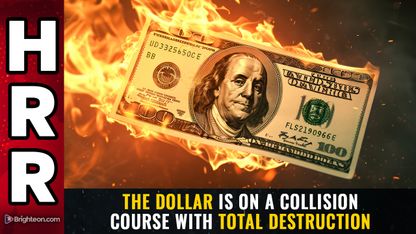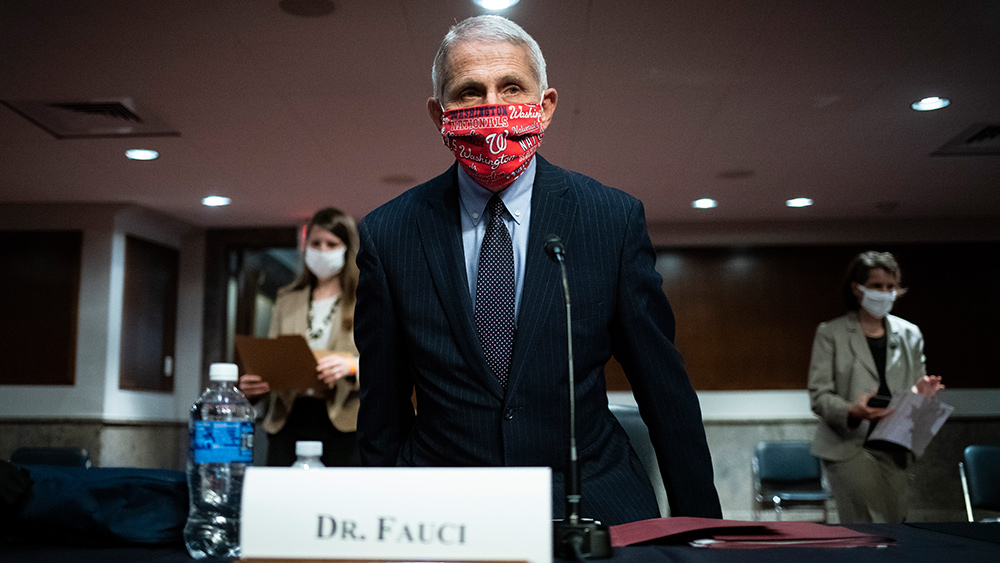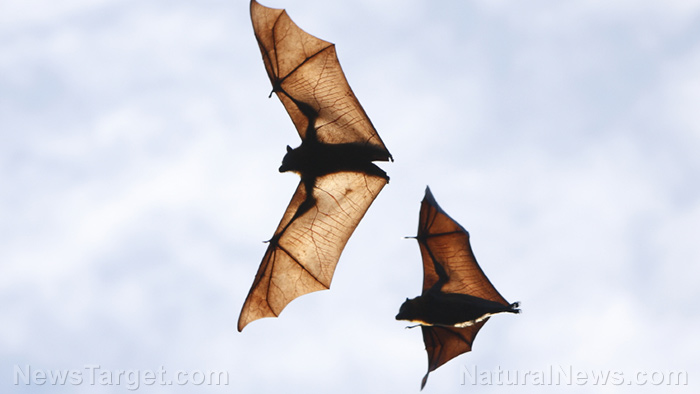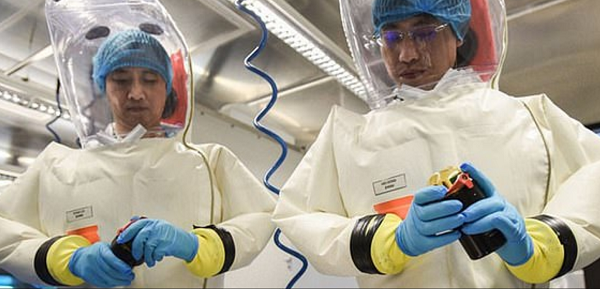
The 225-issue Nikkei average soared 564.08 points, or 1.91 percent to close at 30,084.15. This is the index's highest finish since Aug. 2, 1990.
The Nikkei's gains came after all three U.S. stock market indicators, such as the Dow Jones Industrial Average, notched record highs on Friday, Feb. 12. It was also bolstered by better-than-expected GDP growth for the months of October to December, announced before the opening bell.
To reach the new high, Japanese stocks capitalized on an anticipated global rebound from the Wuhan coronavirus (COVID-19) pandemic this year. An abundance of cyclical shares, such as electronic parts makers, attracted global investors during this time. (Related: Stock market takes hit as fears rise over global Coronavirus pandemic, rising infection rate in China.)
The breaking of the 30,000 barrier could also pave the way for the index to once again reach its all-time high of 38,957, touched at the end of 1989.
The index's downfall since then, following the burst of Japan's asset price bubble, has dwarfed even Wall Street's worst bear market. For comparison, the Dow Jones Industrial Average only took 25 years to recover its previous peak.
In the years since, all of the Japanese banks that topped the list of companies with the biggest market capitalization in 1990 have ceased to exist. Many were forced to merge after suffering massive loan losses. Meanwhile, Tokyo Electric Power Co, the biggest non-bank company back then, became irrelevant for investment in 2011 in the aftermath of the Fukushima nuclear plant disaster.
Today, the market is led by Toyota Motor, followed by the SoftBank Group and a bevy of tech companies.
At the same time, foreign ownership of Japanese shares has grown to almost 30 percent from 4 percent in 1990, following domestic banks and companies' efforts to unwind cross-shareholdings.
Nikkei's current rise different, yet similar to 1980's bubble
The last time the Nikkei was trading above 30,000 was in August of 1990, just a short time before the Japanese bubble economy burst. The latter saw over-confidence and speculation regard asset and stock prices. This was precipitated in part by the Bank of Japan's eased monetary policy which lowered short-term interest rates that encouraged over-lending.
At the same time, the global investment climate was starting to cool, especially following Iraq's surprise invasion of Kuwait. This poured cold water on investors who were expecting that peace would prevail following the end of the Cold War in late 1989.
All these combined created a death spiral for these banks when the bubble burst.
Compared to then, most investors see Nikkei's current rise to that level as less frothy. Today, the market is traded at about 17 times expected earnings, higher than in recent memory but still lower than the 50 times it in 1990.
Despite this, some are still seeing similarities between then and now.
"Somehow, there is a similar feel now. At the time we had a crazy bubble and the Bank of Japan did a monetary easing in a scale that had been previously unthinkable," stated Hiroaki Hayashi, managing director at Fukoku Capital Management.
Hayashi points out many of the similarities between the economic and political climates from back then and today.
"Then we had the collapse of the Soviet Union and the world entered a new era," he explains. "Now, we have the bitcoin and GAFA (Google, Apple, Facebook, Amazon) shares soaring while fiscal policies around seem unsustainable. The world order is looking shaky too, as evident in the changing U.S.-China relations."
Follow Risk.news for more news on how the Nikkei and other stock indexes are performing during the ongoing pandemic.
Sources include:
Please contact us for more information.























